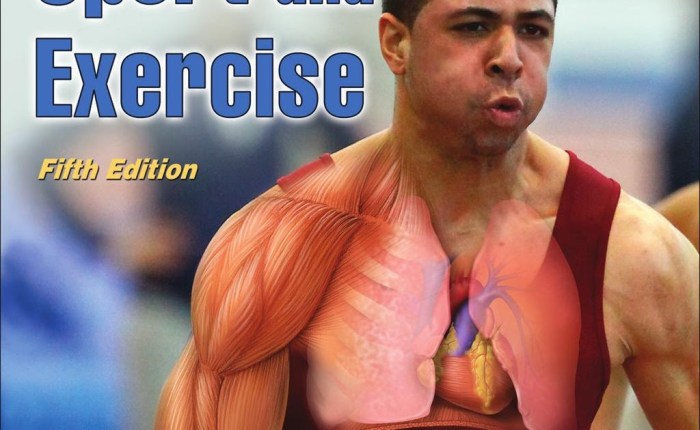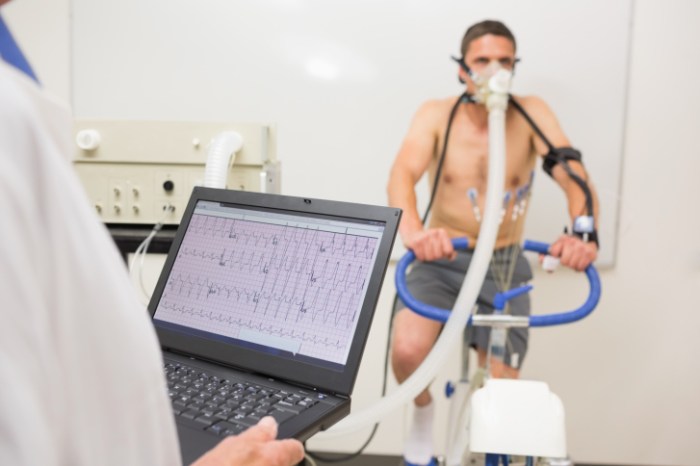Physiology of sport and exercise 8th edition free – Prepare to delve into the captivating world of sports physiology with the highly acclaimed Physiology of Sport and Exercise, 8th Edition, now available for free. This comprehensive guide unlocks a wealth of knowledge, empowering you to grasp the intricacies of the human body in motion, unlocking peak performance and optimal health.
Within these pages, you’ll embark on a journey through the cardiovascular, respiratory, neuromuscular, endocrine, and immune systems, unraveling their intricate interplay during physical activity. Expert insights illuminate the physiological adaptations that occur with regular exercise, providing a roadmap for maximizing your fitness potential.
Introduction to the Physiology of Sport and Exercise: Physiology Of Sport And Exercise 8th Edition Free

The physiology of sport and exercise is the study of how the body responds to physical activity. This field of study is important because it can help athletes improve their performance, reduce their risk of injury, and understand the effects of exercise on their overall health.
The physiology of sport and exercise involves a number of different systems in the body, including the cardiovascular system, the respiratory system, the neuromuscular system, the endocrine system, and the immune system.
The Cardiovascular System and Exercise

Structure and Function of the Cardiovascular System
The cardiovascular system is responsible for pumping blood throughout the body. It consists of the heart, blood vessels, and blood.
The heart is a muscular organ that pumps blood through the body. The blood vessels are a network of tubes that carry blood from the heart to the body’s tissues and back to the heart.
Blood is a fluid that carries oxygen, nutrients, and waste products throughout the body.
How the Cardiovascular System Responds to Exercise
When you exercise, your heart rate and blood pressure increase. This is because your body needs more oxygen and nutrients to meet the demands of exercise.
The increased heart rate and blood pressure help to deliver more oxygen and nutrients to your muscles. This allows you to exercise for longer periods of time and at higher intensities.
Adaptations that Occur in the Cardiovascular System with Regular Exercise
With regular exercise, the cardiovascular system adapts to become more efficient at delivering oxygen and nutrients to the body.
- The heart becomes stronger and more efficient at pumping blood.
- The blood vessels become more flexible and able to carry more blood.
- The blood volume increases, which allows the body to deliver more oxygen and nutrients to the muscles.
The Respiratory System and Exercise

Structure and Function of the Respiratory System
The respiratory system is responsible for breathing. It consists of the lungs, airways, and respiratory muscles.
The lungs are two large organs that are located in the chest. The airways are a network of tubes that carry air to and from the lungs.
The respiratory muscles are responsible for expanding and contracting the lungs, which allows you to breathe.
How the Respiratory System Responds to Exercise
When you exercise, your breathing rate and depth increase. This is because your body needs more oxygen to meet the demands of exercise.
The increased breathing rate and depth help to deliver more oxygen to your muscles. This allows you to exercise for longer periods of time and at higher intensities.
Adaptations that Occur in the Respiratory System with Regular Exercise, Physiology of sport and exercise 8th edition free
With regular exercise, the respiratory system adapts to become more efficient at delivering oxygen to the body.
- The lungs become larger and more efficient at absorbing oxygen.
- The airways become more flexible and able to carry more air.
- The respiratory muscles become stronger and more efficient at expanding and contracting the lungs.
Quick FAQs
What is the significance of understanding the physiology of sport and exercise?
Comprehending the physiological responses to physical activity is crucial for optimizing training, preventing injuries, and enhancing overall athletic performance.
How does regular exercise impact the cardiovascular system?
Regular exercise strengthens the heart, improves blood flow, and enhances the body’s ability to deliver oxygen and nutrients to muscles.
What adaptations occur in the respiratory system with exercise?
Exercise increases lung capacity, improves gas exchange, and enhances the body’s ability to utilize oxygen efficiently.